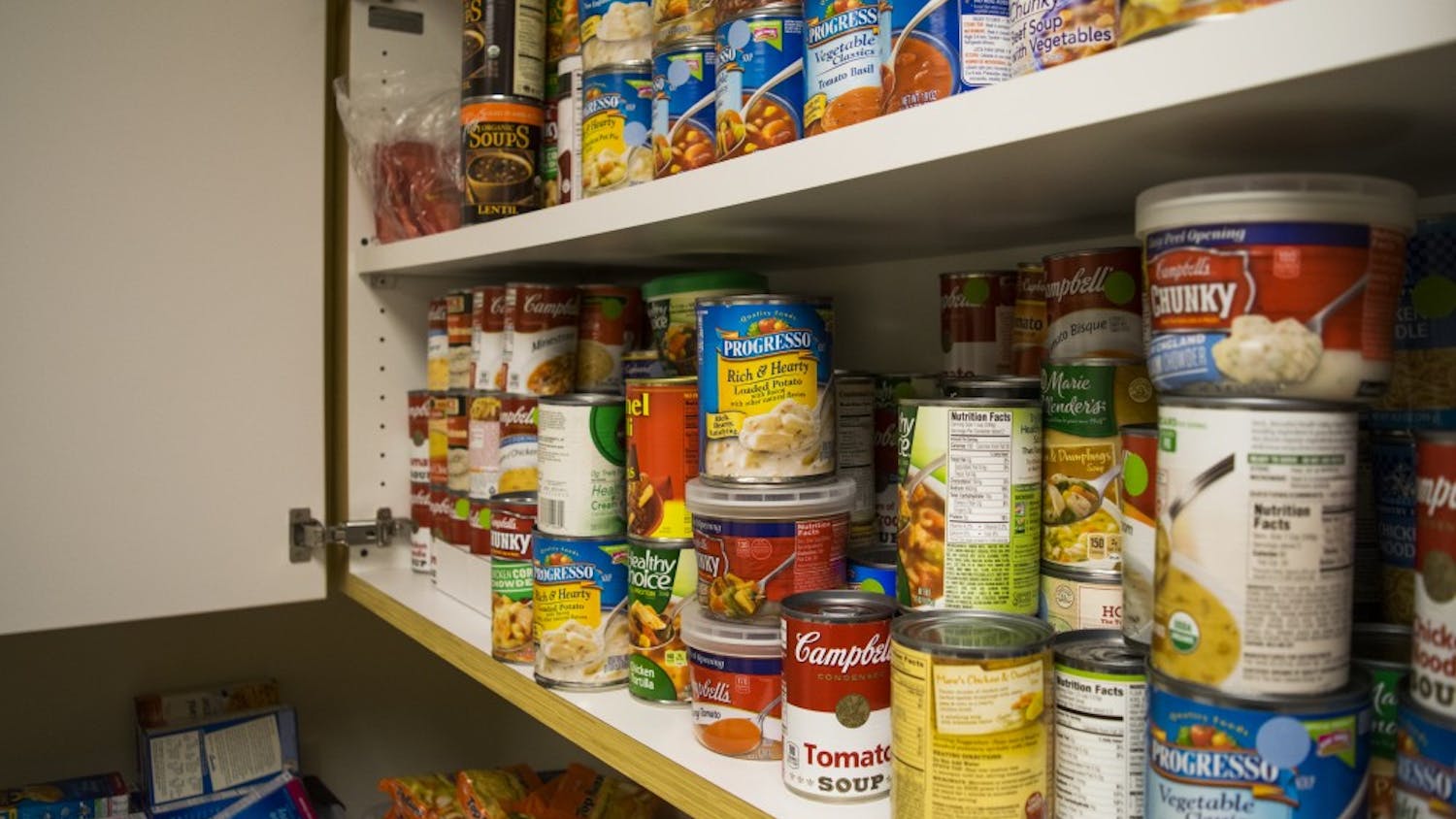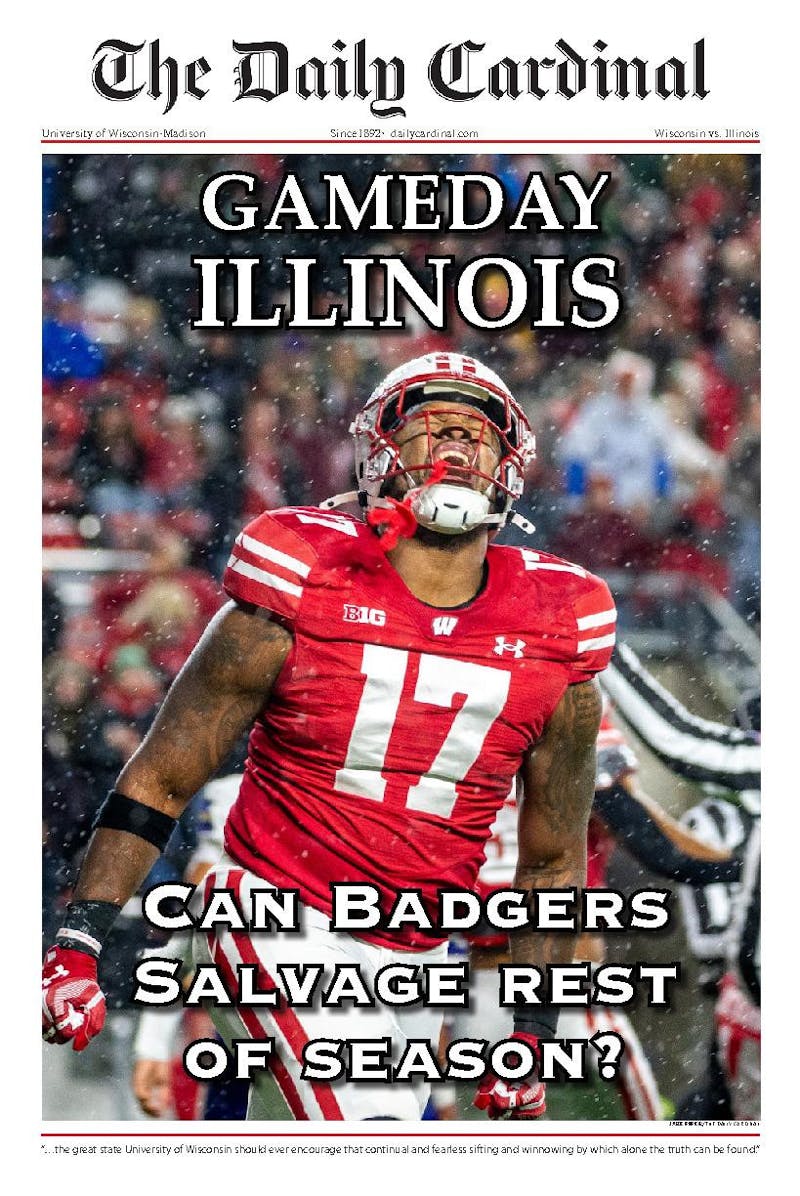What do a hose, tobacco, fruit, water, glass and smoke all have in common? The answer is not as obscure as one may think. These six separate entities create the cultural sensation hookah.
Equipped with the appearance of an elaborate candlestick gone awry, a long hose or two protruding from the base, the hookah has recently become a trendy pastime in modern American culture. An ancient utensil originating in India, it is used to smoke flavored tobacco.
The hookah is ""just running the smoke through water to cool it and somewhat filter it,"" said Sabe Atteyie, who offers hookahs at his restaurant, the Casbah, 119 E. Main St.
The base of the hookah, which is traditionally constructed out of blown glass, carries the water. A pipe inside the base connects to the bowl which holds the tobacco and heating source, above the base. Finally, a hose allows the smoker to inhale the tobacco from a waterless chamber inside of the base.
The type of tobacco for the hookah is Shisha, which comes in numerous fruity flavors. Mixed with molasses and other flavoring, Shisha tends to have a lower percentage of tobacco.
According to UW-Madison sophomore and hookah enthusiast Andy Chamberlin, ""It relaxes you and it tastes good, and you can play with the smoke ... blow smoke rings. ... It doesn't even feel like smoking, it just feels like nice, smooth, flavored air.""
""Your body gets kind of numb, the outside of your body feels a little bit weirder. ... It's really chill,"" said Eugene Gelmanovich, a UW-Madison sophomore.
Compared to a drinking buzz, both Gelmanovich and Chamberlin agreed that the hookah buzz was completely dissimilar.
""You don't lose focus or anything,"" Gelmanovich said, ""You have the same mentality as before, but your body feels kind of relaxed.""
The nature of the buzz leads many people to think the hookah is a safer form of smoking than cigarettes. But according to Clinical Assistant Professor of University Health Services, Dr. Eric Heiligenstein, ""the research isn't at the level yet that can give conclusive answers.""
Even though he said hookah's percentage of tobacco is lower, ""I don't see any reasons to make assumptions that it is any safer,"" he said, pointing out that it's more important to consider how deeply you inhale and how much you smoke.
The perks, however, seem to outweigh the drawbacks for hookah smokers. A telling aspect of the hookah culture is that its appeal lies largely in its social nature.
""The hookah is not so much about the hookah,"" Atteyie said, rather the point is ""kicking back"" and spending time with friends.
""I've never smoked a hookah by myself,"" Gelmanovich said, ""It's known to be a social thing. That's why there's a long hose, you pass it around.""
Rather than merely sitting around with friends and talking, the hookah enhances the bonding time by providing an enjoyable diversion and adding a central focus to the atmosphere. Atteyie pointed out that the hookah is predominantly a conversation piece, a concept deriving from the fact that so much time and effort goes into the setup.
However, although Meshel Aldaee owner of King of Falafel, 453 W. Gilman St., also offers hookah, he said the theme of the hookah is mostly social in the United States. He said it is quite different at his home in Kuwait, where everyone has his own hookah, and the act of smoking takes form as an individual activity.
For Aldaee, smoking hookah is merely a way to relax.
""[I do it when I am] taking a break ... because it takes you 45 minutes to finish it,"" he said. ""You're resting and you're smoking and you have a good time. It's not like something fast.""
Despite the general enthusiasm of hookah's devotees, it is possible many hookah smokers feel quite differently about cigarettes.
According to Aldaee, the hookah ""doesn't taste like a cigarette, it's not a stinky, smelly thing."" He said of the hookah smokers he knew personally or through his business, most of them were not cigarette smokers.
""The hookah is disappointing for cigarette smokers because it doesn't deliver that heat sensation ... There's [also] the habit of consuming the cigarette that's more addicting. Something that's lit in your hand is very addicting,"" he said.
Cigarette smokers and hookah smokers may represent two separate subcultures, but they have one thing in common: neither group is permitted to smoke inside Madison establishments due to the smoking ban.Consequently, customers at two of Madison's remaining restaurants offering hookah, King of Falafel and the Casbah, must smoke outside.
""It's a classic example of what a city can do to hurt businesses,"" said Atteyie. ""In my opinion, if they were so concerned about public health they should really be banning drinking because alcohol is a bigger evil.""
In order to counter the effects of the ban, Atteyie developed a tobacco-free product consisting of blended hibiscus and eucalyptus that customers can smoke inside.
For Aldaee, the hookah enhances the ambiance he attempts to promote in his restaurant, which he hopes will ""feel like a home."" But also, he just wants people ""to see my culture,"" of which the hookah is an integral part.





